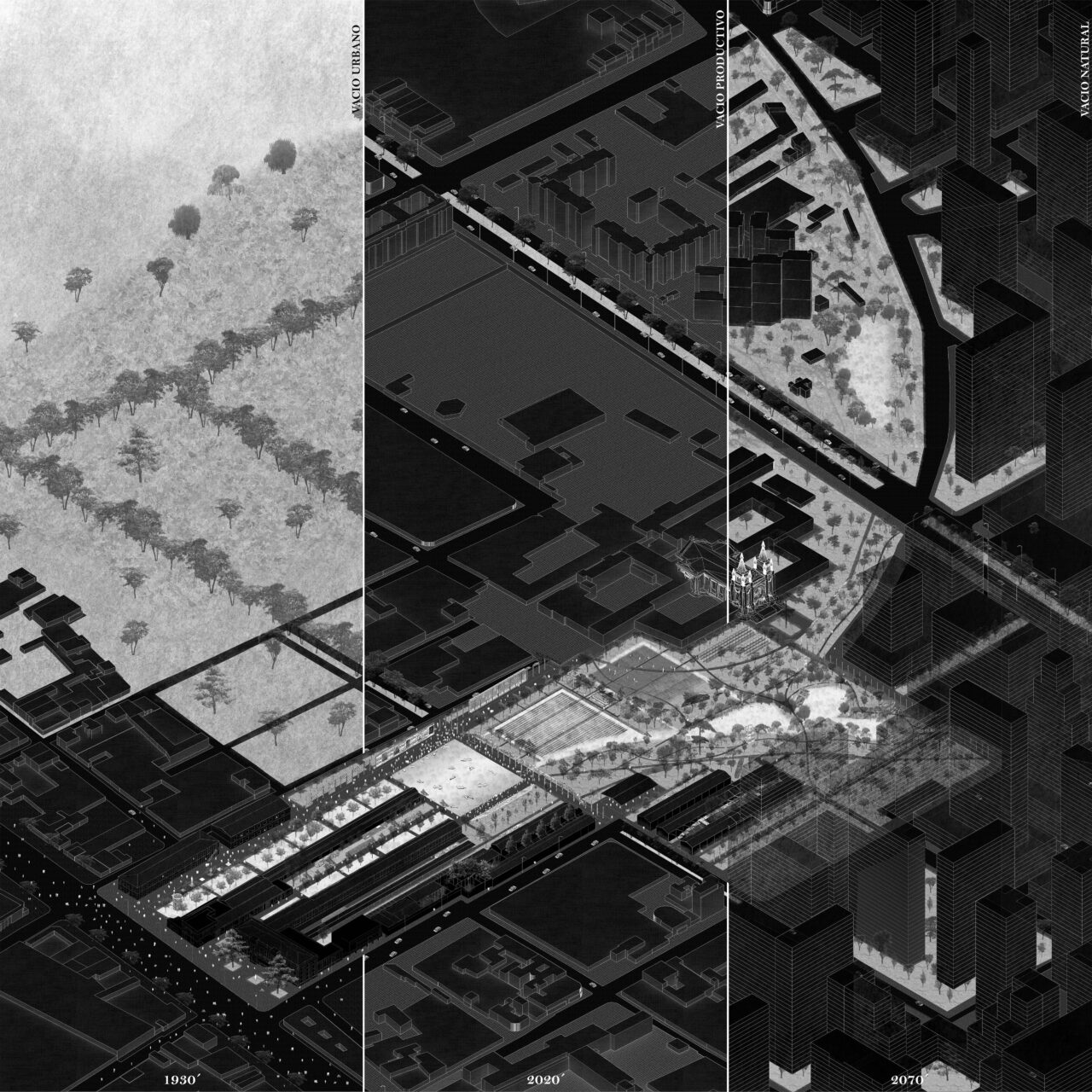Winner of the International Architecture & Design Awards 2022
Architect / Designer:
Juan Manuel Sandoval Perdomo
Studio:
Sandoval Perdomo
Design Team:
Student: Juan Manuel Sandoval
University: Universidad de los Andes
Project teacher: Dr / MSc / Arch Claudio Rossi
Analysis teacher: MA / Arch Iván Lizcano
Country:
Colombia
Translations is the sum of two projects in the same place, two opposing strategies that open the range of how to intervene the urban void. These strategies are applied in the Sabana Station from Bogotá, as it is a vacant lot with all the possible potential to change the course of the city, but also with the risk of being wasted and being another space without transcendence beyond its time.
In detail, The first strategy it´s called The Utopy. It consists of composing from objects and actors. For this, Koolhaas, Tschumi and Hejduk are used as theoretical inputs. The second strategy it´s called the performative void. It consists of compose from the same void. For this, Clement, Miralles, Latz&Partner are used as theoretical references.
Both visions, with their respective and particular representation, are put to the test in a 100-year timeline to see how they progress, decline and/or evolve.
1. THE UTOPY: “compose from the objects”.
This is an architecture whose purpose is not to be built, it´s based on the failed ambitions of master plans. This Utopy shows a universe contained within a forest of skyscrapers. Its intention is to protect those who have not been heard. They, forgotten, become the protagonists of this manifesto. Each actor of the Sabana Station personifies a “confetti” and interact with the other in order to develop the project. The project is inspired in the OMA representation of the Parc The la Villette contest.
2. THE PERFORMATIVE VOID: “compose from the same void”;.
The “urban voids” has the potential to become the opposite: a climax of life. However, in order to not be another generic public space. We must understand the different actors, activities and their time line. That´s why there are three different scenarios: natural, urban and productive. Each scenario has its own time-line and different actors. In detail, It was necessary to investigate each species of tree, fruit, animal, human activities, etc. including their life cycles and their environment to see how their evolution was possible in the scenarios and in time.


